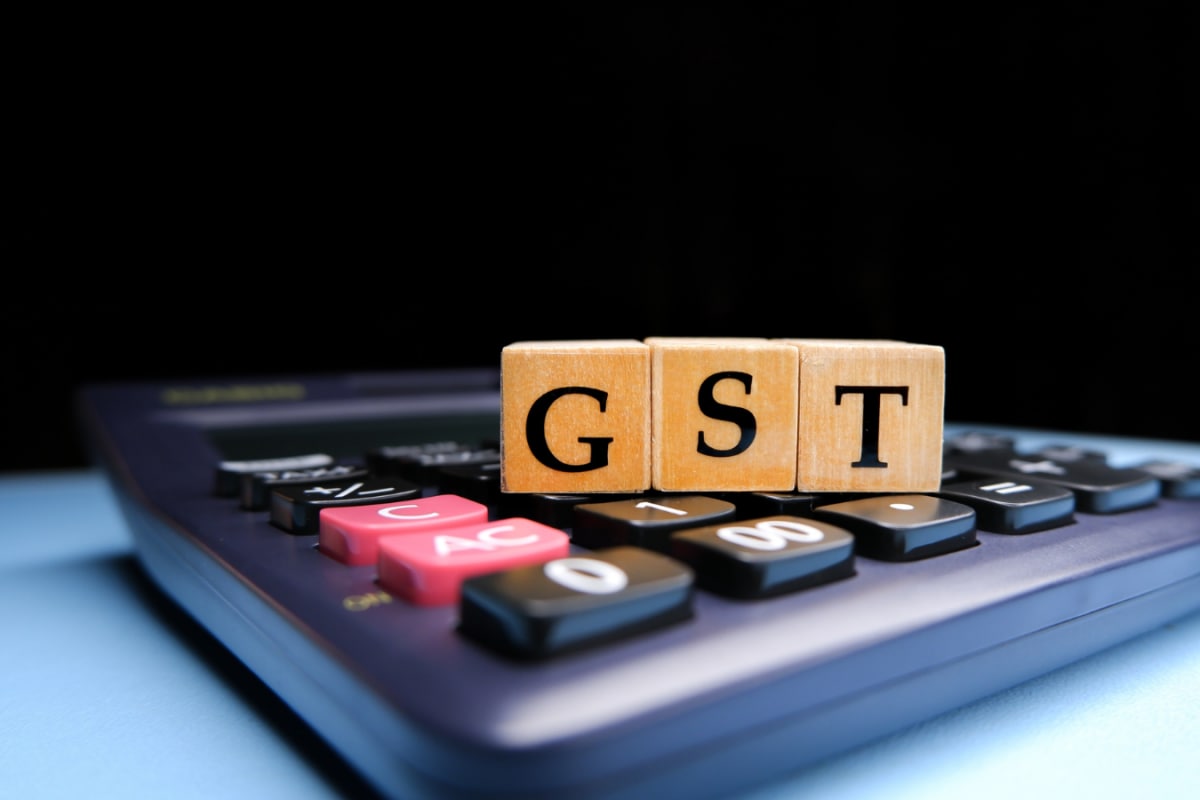

The Goods and Services Tax (GST) Council's Group of Ministers (GoM) on rate rationalization has accepted the Centre's proposal to overhaul the existing GST structure, a move that could significantly impact consumers and businesses alike. Chaired by Bihar Deputy Chief Minister Samrat Choudhary, the GoM has recommended the scrapping of the 12% and 28% tax slabs, a decision that aims to simplify the GST system and broaden compliance.
Currently, India's GST system has a four-tier structure, with rates of 5%, 12%, 18%, and 28%. Essential items and food are taxed at either nil or 5%, while luxury and demerit goods attract the highest rate of 28%, in addition to a cess. The Centre's proposal entails reducing the number of slabs to two, with rates of 5% and 18%.
According to reports, the proposed restructuring would involve reclassifying 99% of items in the 12% bracket to the 5% slab and about 90% of goods and services in the 28% slab to the 18% slab. Additionally, a special rate of 40% has been proposed for a limited number of items, including sin goods. West Bengal Finance Minister Chandrima Bhattacharya suggested a levy on top of the 40% GST rate for ultra-luxury goods like cars to maintain the current tax incidence.
The GoM also reviewed a separate proposal to exempt GST on individual health and life insurance premiums, which are currently taxed at 18%. While most states supported the plan, they emphasized the need for a mechanism to ensure that insurance companies pass on the benefit to policyholders. Scrapping GST on health and life insurance could lead to a revenue impact of around ₹9,700 crore annually.
The recommendations of the GoM will now be placed before the GST Council for a final decision. Finance Minister Nirmala Sitharaman has stated that the rate rationalization will provide greater relief to the common man, farmers, the middle class, and MSMEs, while ensuring a simplified, transparent, and growth-oriented tax regime.
However, an SBI Research report suggests that these GST reforms, if implemented, could result in a revenue loss of approximately ₹85,000 crore per year. For the current fiscal year, the revenue loss is estimated at ₹45,000 crore, assuming the new tax rates are implemented from October 1. The Centre's proposal reportedly did not mention the revenue loss that would accrue to the Centre and states after the implementation of the new GST slabs.
The proposed changes aim to simplify the GST system, reduce the compliance burden on businesses, and provide relief to consumers. By streamlining the tax structure, the government hopes to boost economic growth and improve tax collection efficiency. The GST Council will need to carefully consider the potential revenue implications and ensure that the new rates are sustainable in the long run.